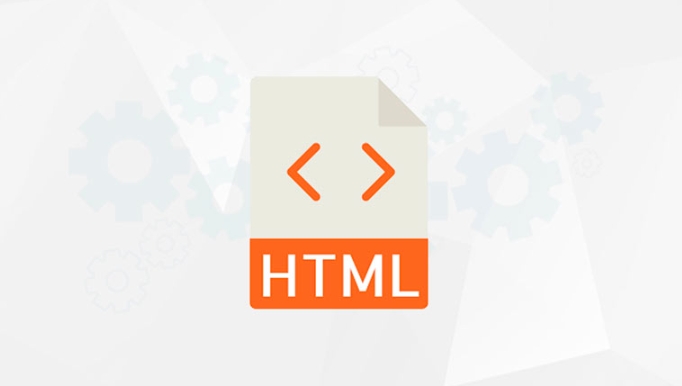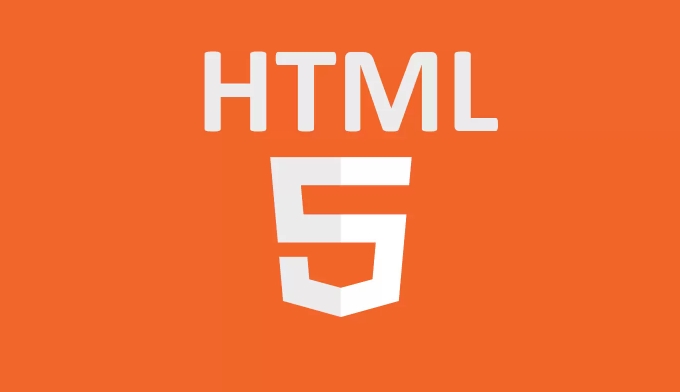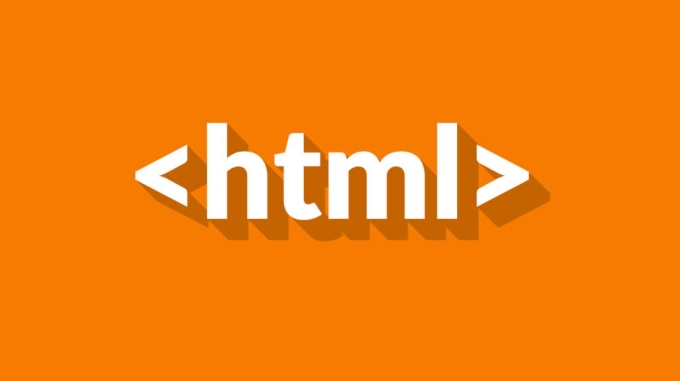The ping attribute in HTML tracks outbound link clicks by sending a notification to a specified URL when a user clicks a link. For example, using sends a POST request to the tracker URL before navigating to the target page. It is useful for tracking outbound links, security logging, and lightweight analytics without JavaScript. However, it has limitations: privacy concerns may lead to blocking, it sends no data payload or handle responses, and it’s not always reliable due to browser settings or fast page loads interrupting the request. The ping request is asynchronous and best used when precision tracking isn't critical.

When you're working with HTML and links, you might come across the ping attribute inside an <a></a> tag. It's not something most people use every day, but it does have a specific purpose — mostly related to tracking outgoing clicks.

What Does the ping Attribute Do?
The ping attribute is used to notify a URL when a user follows a link. It sends a small HTTP POST request (with no body) to the specified URL when the user clicks the link. This can be useful for analytics or tracking purposes without needing JavaScript.
For example:

<a href="https://example.com" ping="https://tracker.example/notify">Visit Example</a>
In this case, clicking the link would send a notification to https://tracker.example/notify before navigating to https://example.com.
When Would You Use It?
There are a few practical situations where ping could be handy:

- Tracking outbound links: If you run a blog or a site that links out to other places, you might want to know how often users click those links.
- Security logging: Some sites use it to log external navigation attempts as part of their security monitoring.
- Analytics without JavaScript: Since it works natively in HTML, it’s a lightweight alternative to JS-based tracking for simple events.
Still, it's worth noting that browser support is good, but not all tools make use of it. Also, privacy-focused browsers or extensions might block it.
Are There Any Downsides or Limitations?
Yes, there are a few things to watch out for:
- ? Privacy concerns: Because it tracks user behavior, some privacy advocates see it as a potential issue.
- ? No payload or response handling: The ping request doesn't carry any data beyond the fact that it was triggered, and you can't access the response.
- ? Not always reliable: Users with certain browser settings or extensions may prevent the ping from being sent.
Also, keep in mind that the ping request happens asynchronously, so if the destination page loads quickly, the ping might not get sent at all. That’s why it's best used only when accuracy isn't critical.
Final Thoughts
Using the ping attribute on an anchor tag can be a clean way to track outbound clicks without relying on JavaScript. While it's not widely used today, it's still a valid HTML feature that can be helpful in the right context.
That's about it — nothing too complicated, but definitely something easy to overlook.
The above is the detailed content of What is the ping attribute on an anchor tag?. For more information, please follow other related articles on the PHP Chinese website!

Hot AI Tools

Undress AI Tool
Undress images for free

Undresser.AI Undress
AI-powered app for creating realistic nude photos

AI Clothes Remover
Online AI tool for removing clothes from photos.

Clothoff.io
AI clothes remover

Video Face Swap
Swap faces in any video effortlessly with our completely free AI face swap tool!

Hot Article

Hot Tools

Notepad++7.3.1
Easy-to-use and free code editor

SublimeText3 Chinese version
Chinese version, very easy to use

Zend Studio 13.0.1
Powerful PHP integrated development environment

Dreamweaver CS6
Visual web development tools

SublimeText3 Mac version
God-level code editing software (SublimeText3)

Hot Topics
 Explain the purpose of the role attribute in ARIA.
Jun 14, 2025 am 12:35 AM
Explain the purpose of the role attribute in ARIA.
Jun 14, 2025 am 12:35 AM
ARIA's role attribute is used to define the role of web elements and improve accessibility. 1. Role attribute helps assistive technology to understand the functions of elements, such as buttons, navigation, etc. 2. Use role attributes to assign specific roles to non-semantic HTML elements. 3. The role attribute should be consistent with the element behavior and be verified by the accessibility tool test.
 HTML and Design: Creating the Visual Layout of Websites
Jun 14, 2025 am 12:39 AM
HTML and Design: Creating the Visual Layout of Websites
Jun 14, 2025 am 12:39 AM
How to create a website layout? 1. Use HTML tags to define the content structure, such as, ,. 2. Control styles and positions through CSS, using box model, float or Flexbox layout. 3. Optimize performance, reduce HTTP requests, use cache and optimize images, and ensure responsive design.
 How can you ensure your HTML code is readable and maintainable?
Jun 10, 2025 am 12:06 AM
How can you ensure your HTML code is readable and maintainable?
Jun 10, 2025 am 12:06 AM
Improve the readability and maintainability of HTML code can be achieved through the following steps: 1. Use semantic tags, such as, etc. to make the code structure clear and improve SEO effect; 2. Keep the code formatted and use consistent indentation and spaces; 3. Add appropriate comments to explain the code intention; 4. Avoid excessive nesting and simplify the structure; 5. Use external style sheets and scripts to keep the HTML concise.
 How do I stay up-to-date with the latest HTML standards and best practices?
Jun 20, 2025 am 08:33 AM
How do I stay up-to-date with the latest HTML standards and best practices?
Jun 20, 2025 am 08:33 AM
The key to keep up with HTML standards and best practices is to do it intentionally rather than follow it blindly. First, follow the summary or update logs of official sources such as WHATWG and W3C, understand new tags (such as) and attributes, and use them as references to solve difficult problems; second, subscribe to trusted web development newsletters and blogs, spend 10-15 minutes a week to browse updates, focus on actual use cases rather than just collecting articles; second, use developer tools and linters such as HTMLHint to optimize the code structure through instant feedback; finally, interact with the developer community, share experiences and learn other people's practical skills, so as to continuously improve HTML skills.
 How do I use the element to represent the main content of a document?
Jun 19, 2025 pm 11:09 PM
How do I use the element to represent the main content of a document?
Jun 19, 2025 pm 11:09 PM
The reason for using tags is to improve the semantic structure and accessibility of web pages, make it easier for screen readers and search engines to understand page content, and allow users to quickly jump to core content. Here are the key points: 1. Each page should contain only one element; 2. It should not include content that is repeated across pages (such as sidebars or footers); 3. It can be used in conjunction with ARIA properties to enhance accessibility. Usually located after and before, it is used to wrap unique page content, such as articles, forms or product details, and should be avoided in, or in; to improve accessibility, aria-labeledby or aria-label can be used to clearly identify parts.
 How do I create a basic HTML document?
Jun 19, 2025 pm 11:01 PM
How do I create a basic HTML document?
Jun 19, 2025 pm 11:01 PM
To create a basic HTML document, you first need to understand its basic structure and write code in a standard format. 1. Use the declaration document type at the beginning; 2. Use the tag to wrap the entire content; 3. Include and two main parts in it, which are used to store metadata such as titles, style sheet links, etc., and include user-visible content such as titles, paragraphs, pictures and links; 4. Save the file in .html format and open the viewing effect in the browser; 5. Then you can gradually add more elements to enrich the page content. Follow these steps to quickly build a basic web page.
 What is an HTML tag?
Jun 13, 2025 am 12:36 AM
What is an HTML tag?
Jun 13, 2025 am 12:36 AM
HTMLtagsareessentialforstructuringwebpages.Theydefinecontentandlayoutusinganglebrackets,ofteninpairslikeand,withsomebeingself-closinglike.HTMLtagsarecrucialforcreatingstructured,accessible,andSEO-friendlywebpages.
 How do I create checkboxes in HTML using the element?
Jun 19, 2025 pm 11:41 PM
How do I create checkboxes in HTML using the element?
Jun 19, 2025 pm 11:41 PM
To create an HTML checkbox, use the type attribute to set the element of the checkbox. 1. The basic structure includes id, name and label tags to ensure that clicking text can switch options; 2. Multiple related check boxes should use the same name but different values, and wrap them with fieldset to improve accessibility; 3. Hide native controls when customizing styles and use CSS to design alternative elements while maintaining the complete functions; 4. Ensure availability, pair labels, support keyboard navigation, and avoid relying on only visual prompts. The above steps can help developers correctly implement checkbox components that have both functional and aesthetics.






